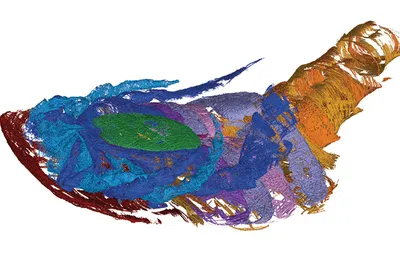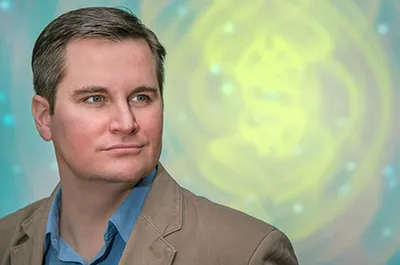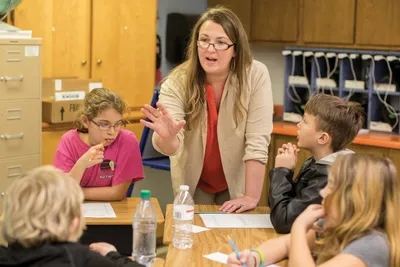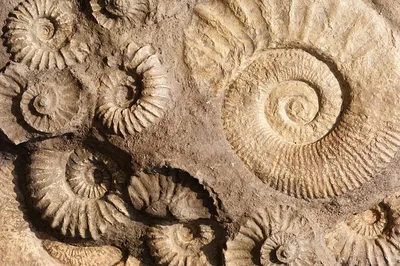Eberly News

Eberly College announces racial justice grant recipients
New racial justice grants awarded by the Eberly College of Arts and Sciences support research for social justice initiatives that will engage with the community.

WVU students lead upgrades to Green Bank Telescope
A team of WVU physics and astronomy students helped create a new radio camera for the Green Bank Telescope, the first of its kind in the U.S.

Coming up for air
Scientists have long debated the respiratory workings of sea scorpions, but a new discovery by a WVU geologist concludes that these largely aquatic extinct arthropods breathed air on land.

Ticked off
Pesky, yet dangerous ticks are no longer latching exclusively onto hunters and outdoor enthusiasts. Milder winters and disrupted habitats have driven them out of the woods, with Lyme disease cases in the United States tripling since the late 1990s. Now researchers at WVU are working toward a vaccine that prevents humans from contracting the tick-borne illness that afflicts more than 300,000 Americans a year.

New center for neuroscience research brings together faculty, students across WVU
Just as nerve cells don’t work in isolation when we think, speak or move, scientists don’t work alone when they study the nervous system. WVU's new Center for Foundational Neuroscience Research and Education will help researchers from different departments collaborate in a similar way. By teaming up, the researchers will use their unique skillsets and backgrounds to make neuroscience discoveries that might take much longer otherwise.

Uncovering the invisible universe
Physicist Sean McWilliams has created an exact mathematical formula to explain the gravitational wave signals that have been observed from colliding black holes, which serve as a key validation of Albert Einstein’s Theory of General Relativity.

New solutions in math teaching and learning
Experts agree that a solid math foundation opens doors for future possibilities, yet improvement in math outcomes has proven an elusive target for states across the country. Innovation is necessary, and the Mountain State is poised to lead the way.

Quenching the need for water quality data in West Virginia
A new portal created in the Department of Geology and Geography is increasing access to surface and groundwater water quality data from shale gas regions around the state to inform stakeholders about trends in water quality.

How colliding neutron stars could shed light on universal mysteries
An important breakthrough in how we can understand dead star collisions and the expansion of the universe has been made by an international team that includes researchers from the Department of Physics and Astronomy.

The fossil detective
Uncovering what drives the evolution of new animals is key for understanding the history of life on Earth. Geologist James Lamsdell is embarking on this exploration as a recipient of the National Science Foundation’s CAREER award.
